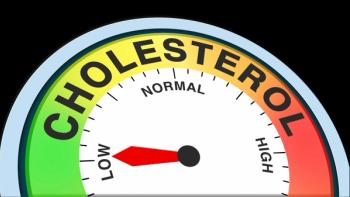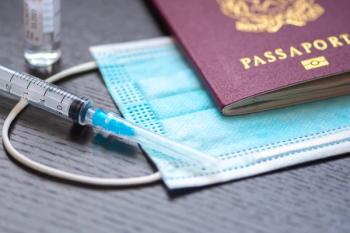
Improving HIV Testing in Low-Resource Areas
Emergency departments may provide an opportunity to capture those with undiagnosed HIV infection missed by screening programs.
Researchers set out to quantify the burden of undiagnosed HIV infection and evaluate the effectiveness of HIV testing in such a setting. The study was conducted during a 3-month period in 2016 at Freer Hospital in Eastern Cape.
“This is a low resource area without electronic medical records or a patient track board to monitor patient status, and thus conducting research here is inherently difficult,” Bhakti Hansoti, MBChB, PhD, assistant professor of emergency medicine, Johns Hopkins University School of Medicine, said in a statement. “Furthermore, patients come from a 60-mile radius and there are challenges to providing follow-up care. In many low resource settings, the emergency department is a safety net for patients who are often missed by the health system.”
The prospective exploratory study included 2355 emergency department patients, most of whom presented due to a trauma injury, and were approached to receive HIV testing.
Researchers implemented the National South African HIV testing guidelines (counselor initiated non-targeted universal screening with rapid point of care testing) for 24-hours a day from Sept. 1— Nov. 30, 2016.
It was hypothesized that the emergency department may provide an opportunity to capture those with undiagnosed HIV infection missed by screening programs.
Click here to continue reading on
Newsletter
Stay informed on drug updates, treatment guidelines, and pharmacy practice trends—subscribe to Pharmacy Times for weekly clinical insights.


















































































































































































































